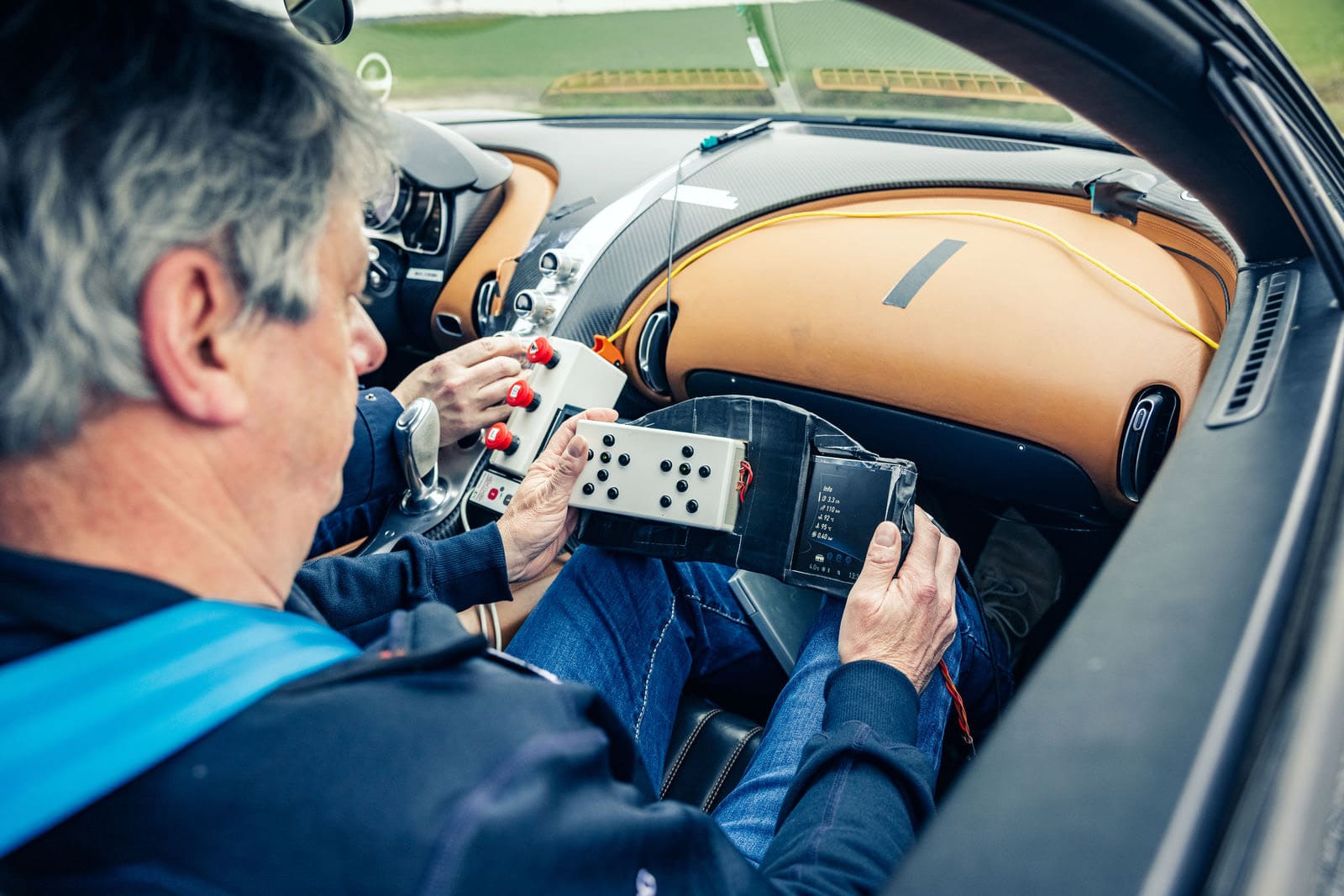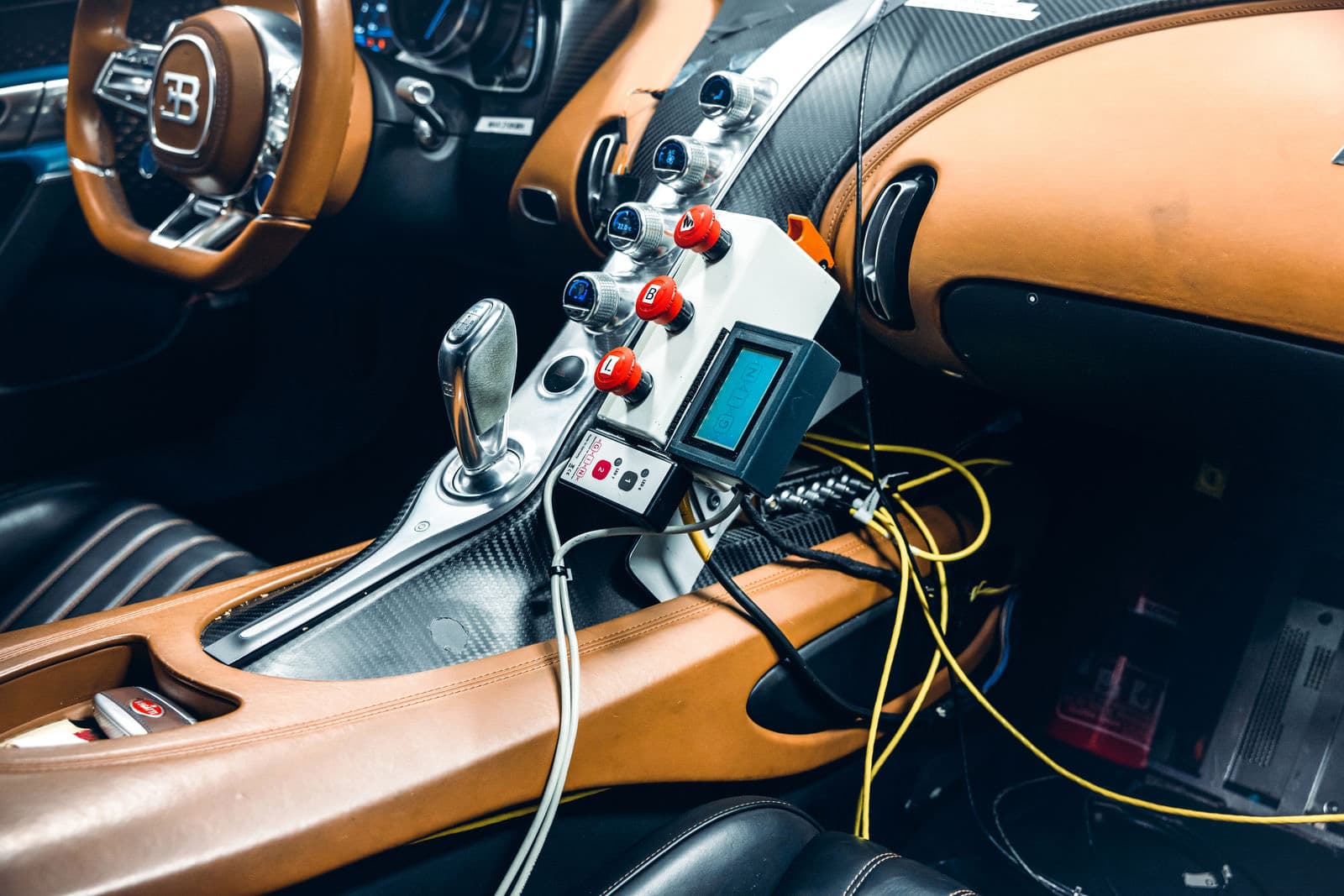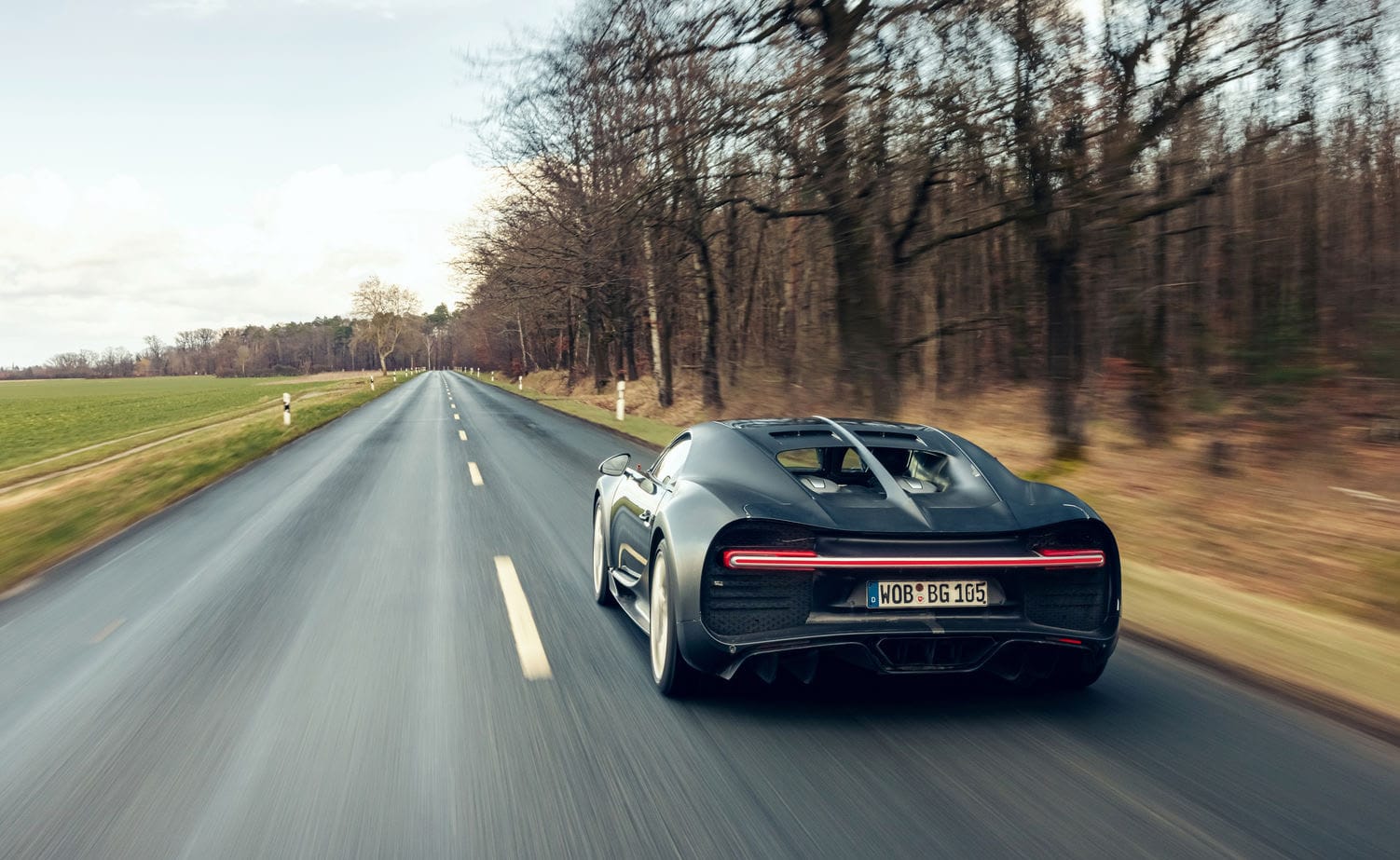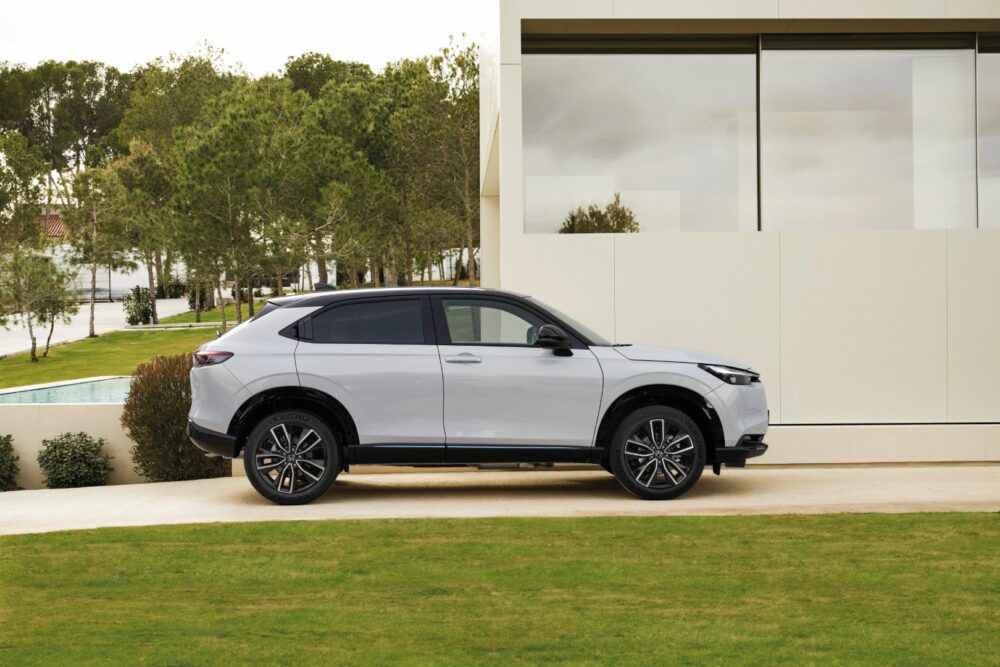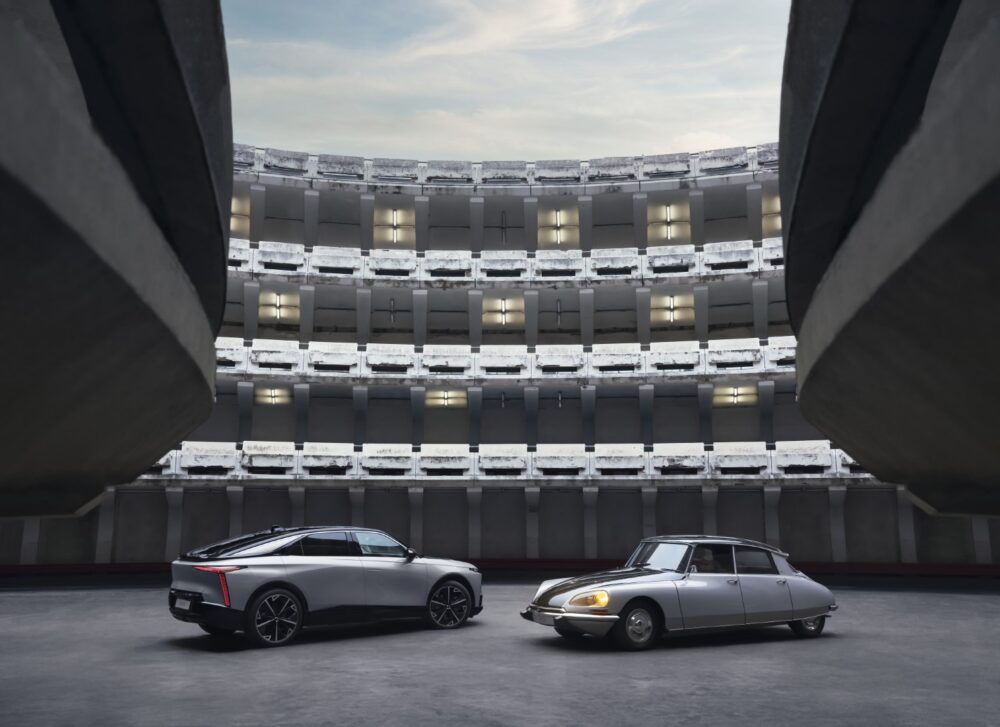Bugatti: It all began with the Chiron 4-005
VERDICTED REST Most prototypes in automotive engineering are used for development and are usually disposed of quickly. Not so a special Bugatti model that provided data for series production over many years. A matt surface, adhesive strips, scratches and minor damage bear witness to the tough everyday life of the Bugatti Chiron1. For more than eight years, this vehicle has served on various continents and [...]
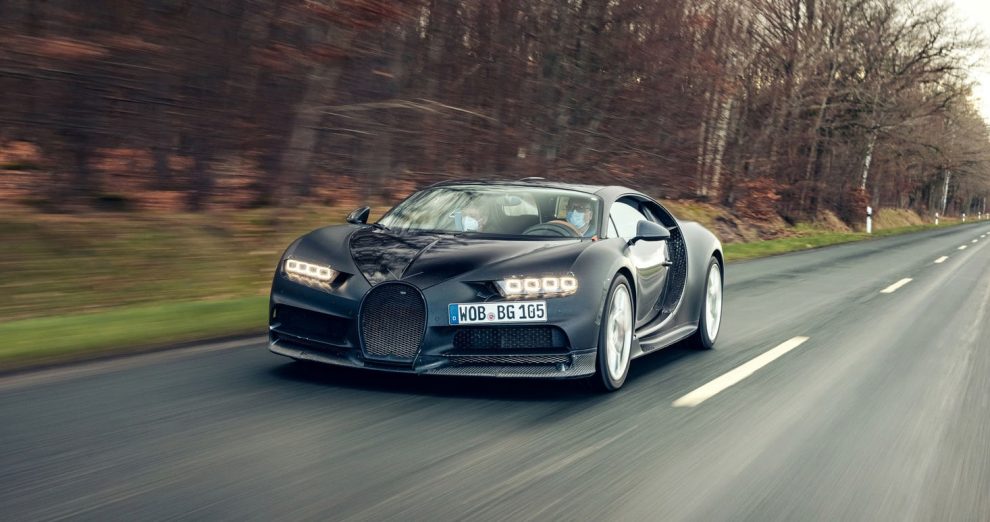
A matt surface, adhesive strips, scratches and minor damage bear witness to the Bugatti Chiron1's tough everyday life. For more than eight years, this vehicle has served as a working tool on various continents and in very different climatic zones.
The 4-005, as it is known internally, was the first Chiron to drive in the USA, drifted in the snow in Scandinavia and completed fast laps on the high-speed oval in Nardo.
30 control units underwent a test procedure
As a rule, test engineers develop prototypes for very specific tasks. Shortly after the start of production, the vehicle is invalidated. Not so the "four-five". From 2013, the entire software for the Chiron was developed and tested in 4-005. Around 30 control units underwent a specific test procedure.
Rüdiger Warda, vehicle developer at Bugatti for almost 20 years: "We carried out all the tests with the 4-005 and spent many weeks on the road. The prototype supported our work and we used it to shape the Chiron."
A total of 13 engineers, computer scientists and physicists worked with the vehicle, looking after and caring for it as if it were their own car - even though it was actually just a tool for their work.
Business trips through the States and Europe
Before the market launch of the Chiron in 2016, a tarpaulin protected it from prying eyes and paparazzi. The team drove through the USA and half of Europe to tune all the systems. The experts also checked how the telemetry data behaves when the car crosses different radio networks.
Rüdiger Warda: "Developing a mixture of a pure driving machine and convenient, intuitive operation was a challenge. At Bugatti, driving is part of the experience, the menu navigation should only support it."
To create a timeless and elegant design, Bugatti opted for a central speed display and positioned high-resolution 6-inch displays next to it.
Sound tuning took place for the first time in 4-005
Mark Schröder, developer of the Human Machine Interface (HMI) at Bugatti for ten years. "We discovered many detailed solutions while driving, discussed them and first implemented them in the 4-005. The complete sound tuning was also carried out in the 4-005 for the first time. Hi-fi experts spent days working on the perfect sound."
Even after eight years and over 74,000 kilometers of hard use, the electronics are virtually wear-free. The prototype is now being retired.







